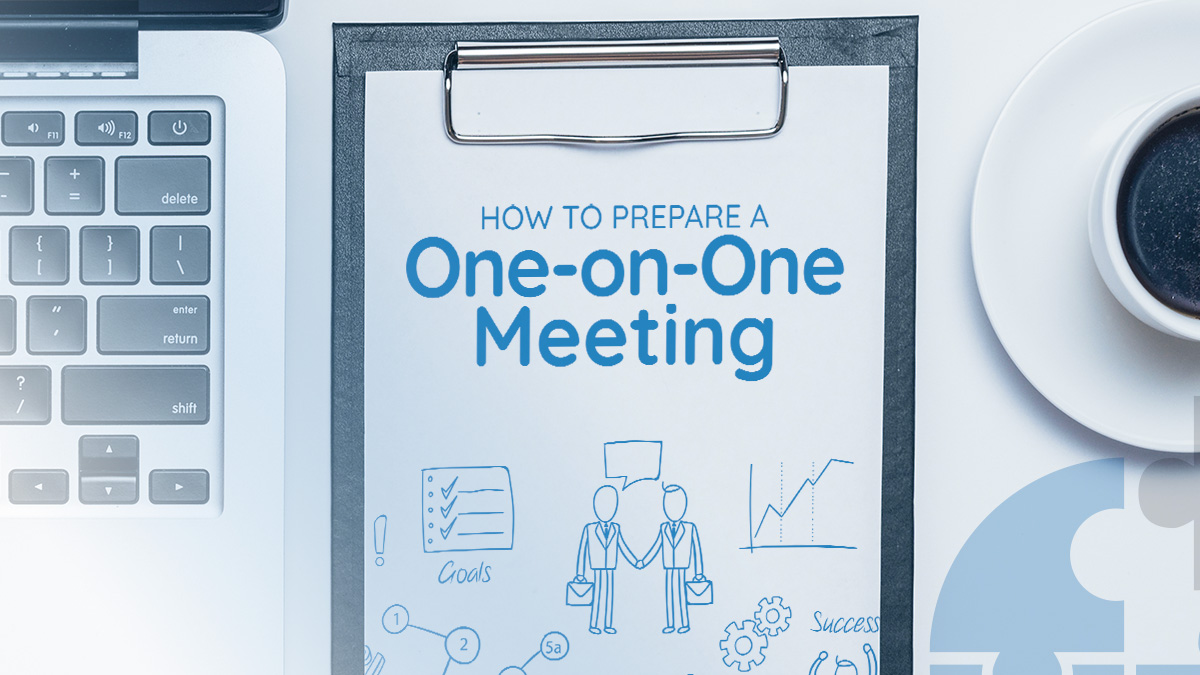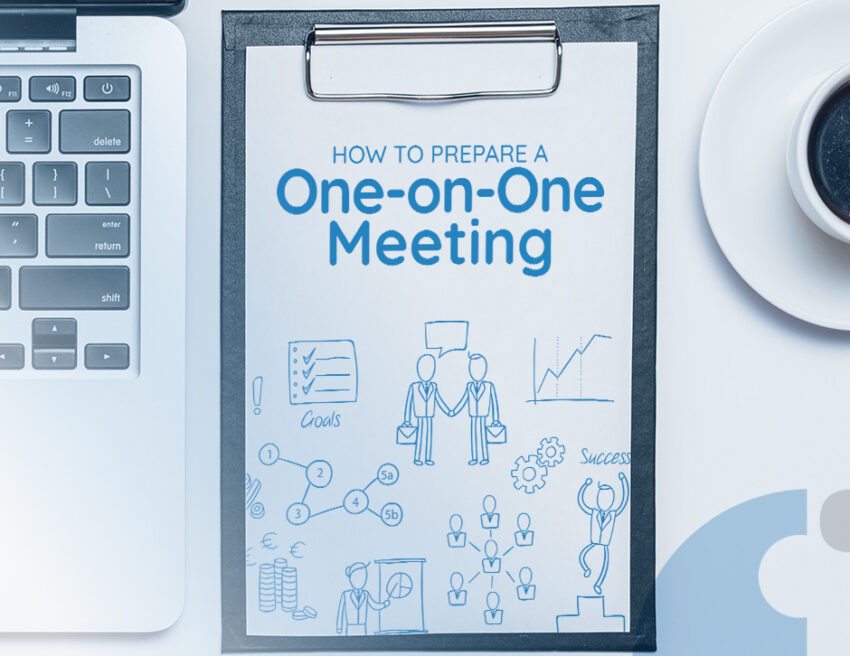To survive the ever-increasing competition in the logistics sector, small and mid-sized logistics companies need to focus on building lasting relationships with competent partners. Participating in a freight forwarders conference is one effective strategy that could help independent freight forwarders like you to strengthen the bottom line of your businesses. The Cooperative Logistics Network’s Annual Meeting is a three day event aimed to offer our members the opportunity to get up close and connect with their network partners for discussing future collaboration prospects and deepen the partnerships. In this article we will walk you through essential steps and tips to ensure you make the most of your one-on-one meetings.
Choose Which Companies You Want to Meet
After registering for the Annual Meeting, the next thing you need to do is start preparing for your one-to-meetings with your network partners. Planning who you want to meet and why is essential to making the most of your one-on-one meetings. Here’s how to get ready before scheduling your appointments with network partners.
Target Key Markets: Review the countries or regions that are critical for your business growth and focus on companies from those areas.
Strengthen Existing Relationships: Identify partners you’re already working with. Face-to-face meetings can help reinforce these connections.
Find New Partners: Research new members in the network who could become valuable collaborators in the future.
Seek Potential Leads: Look for companies that might be interested in your services. This is your opportunity to present your offerings to new partners.

How to Research
The Members Area is your best resource. Accessible via the website or mobile app, each member’s profile includes:
- Website, years in business, and key services
- Certifications and contact details (including WhatsApp and email)
- Office photos and team information
This detailed information helps you find partners that match your business needs.
Just Before the Meeting
Before the meeting, review your list and gather materials. Bring business cards, brochures, and any additional information about your services or statistics.
Research the Other Party
Before any meeting, understanding who you are meeting with is crucial. This research can help you tailor your conversation and highlight the value you bring to the table.
- Research their company: Learn about the services they offer, their specialization, and their market reach. Are they more focused on air, sea, or road freight? Do they have key trade lanes that align with your business?
- Know their pain points: Understand challenges they may be facing, such as new customs regulations, capacity issues, etc. This allows you to offer solutions that address their concerns.
- Explore their network: Identify the major trade partners and regions they operate in, especially if you are looking for collaboration opportunities.
- LinkedIn and industry profiles: Check the individual’s professional background on LinkedIn and other industry-related profiles to understand their role, career, and business focus.
Have Definite Objectives
Having clear objectives for the meeting will ensure that you stay focused and maximize the discussion. Knowing what you want to achieve also allows you to measure the success of the meeting.
- Define your priorities: Are you seeking new business partnerships? Do you want to explore collaboration in specific trade lanes? Maybe your focus is on establishing mutual service agreements or discussing operational pain points.
- Set a primary goal: Think about the key takeaway you want from the meeting. For example, securing a new agency agreement or understanding how their services can complement yours.
- Identify secondary goals: Even if the primary goal is not met, define other benefits you could take away, such as learning more about a market or building rapport.
Come Up With Your Presentation
Freight forwarders often face time constraints during one-on-one meetings, especially at conferences or events, so it’s important to be concise and engaging.
- Craft an elevator pitch: Summarize your company’s value proposition in a clear and compelling way, focusing on what makes your service unique. Highlight key statistics or recent achievements to show your strengths.
- Tailor your pitch: Adapt your presentation to the specific company or person you are meeting with. Emphasize services or regions of mutual interest to create a sense of shared purpose.
- Prepare talking points: Create a list of key points you want to cover during the meeting. These could range from your service capabilities, and technology solutions, to your global network of partners.
Gather Supporting Materials
While your conversation is the centerpiece of the meeting, having additional materials can reinforce your pitch and leave a strong impression.
- Company brochures or presentations: A concise company profile that outlines your services, trade lanes, and industry achievements will offer the other party a tangible reference after the meeting.
- Market insights or case studies: If applicable, bring relevant data or case studies that demonstrate your company’s success in certain trade lanes or with specific industry sectors.
- Business cards: It’s crucial to exchange contact details during or after the meeting, so make sure to carry plenty of business cards.
- Meeting notes or an agenda: Jot down any questions or topics you want to discuss so you can refer to them throughout the meeting.
Plan Questions to Ask
Asking insightful questions shows that you are engaged and genuinely interested in what the other party has to offer. It also helps create a more balanced conversation.
- Business challenges: Ask about the challenges the company is currently facing, whether operational or market-related. This will allow you to suggest relevant solutions.
- Future expansion plans: Inquire about their plans for growth or market entry in new regions. This opens the door to potential partnerships or collaborations.
- Unique selling propositions: Ask them what sets their company apart from the competition. Understanding this can help you identify synergies or areas where you can support each other.
During the Meeting
Stay brief and on point. Clearly communicate your value proposition, customizing your pitch based on your prior research. It’s important to actively listen and take notes throughout the discussion. Wrapping up the meeting with a concrete action plan ensures that the conversation leads to practical results.
Note Down key points: At the conclusion of the meeting, quickly recap the main topics discussed and any action items agreed upon.
Suggest follow-up steps: Propose the next actions, whether that’s scheduling another meeting, sharing more detailed information, or exploring a potential business opportunity.
Set timelines: If needed, establish deadlines for the next steps, such as when to send a proposal or arrange the next call.
Make Way for future collaboration: Even if there are no immediate opportunities, express interest in staying in touch for future projects.
Following Up After the Meeting
The meeting is just the beginning. Following up afterward is critical to turning discussions into actionable results.
Send a thank-you note: Within 24 to 48 hours, send a follow-up email thanking your partners for their time and summarizing the key points discussed.
Share additional details: If you promised further information, such as a proposal or case study, make sure to send it promptly.
Maintain the relationship: Even if there are no immediate business opportunities, keep the relationship alive with periodic check-ins or by sharing relevant industry updates.
For independent freight forwarders, thorough preparation for one-on-one meetings is vital for forging long-term relationships and seizing new business opportunities. By doing your research, setting clear objectives, and staying engaged throughout the conversation, you set yourself up for success in these meetings.


